
The world of art is no stranger to controversy, but a new debate has emerged that has artists, lawyers, and technologists at odds. The question at the heart of the matter is this: Is AI-generated art infringing on the rights of artists?
Estimated reading time: 3 minutes
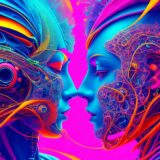
In the ever-evolving world of artificial intelligence, the boundaries between human and machine creations are becoming increasingly blurred. AI-generated art, in particular, has been a subject of intense discussion, raising questions about authorship, creativity, and even the moral standing of AI systems. A notable study titled “On the Social-Relational Moral Standing of AI: An Empirical Study Using AI-Generated Art” provides a comprehensive exploration of this fascinating subject, offering valuable insights into how we perceive and interact with AI-generated art. Published two years ago, this study remains a significant reference in the discourse on AI and art.
Estimated reading time: 4 minutes

We are on the precipice of a new era in gaming—an era driven by artificial intelligence. AI has seeped into every facet of video game development, enhancing gameplay complexity, character interactions, and even game design. In this blog post, we’ll journey through the landscape of AI in gaming, exploring the exciting advancements that are transforming the industry.
Estimated reading time: 5 minutes
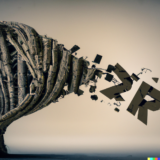
The video “AI Art: How artists are using and confronting machine learning | HOW TO SEE LIKE A MACHINE” by The Museum of Modern Art presents a comprehensive exploration of the intersection of AI and art. It features insights from three artists—Kate Crawford, Trevor Paglen, and Refik Anadol—who engage with AI and machine learning in their art practices.
Estimated reading time: 4 minutes
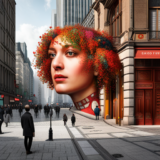
Art, in its many forms, has always been a mirror to society, reflecting technological advancements, cultural shifts, and philosophical debates. The advent of artificial intelligence (AI) has proven no different, with recent developments in AI art stirring discussion and even controversy in the creative realm. Here, we delve into three significant incidents that have ignited these conversations.
Estimated reading time: 4 minutes
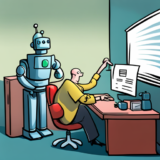
The rise of AI-generated art has brought with it a host of legal and ethical questions, particularly in the realm of copyright. As AI systems become increasingly sophisticated and capable of generating original works of art, questions arise about who should be considered the author of these works and how they should be protected under the law. In response to these concerns, the United States Copyright Office (USCO) recently published a new policy stating that AI-generated art may now be eligible for copyright protection if a creator can prove their significant contribution to the work.
Estimated reading time: 4 minutes
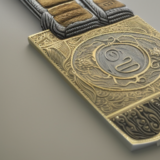
The arena of Artificial Intelligence (AI) and Large Language Models (LLMs) continues to be an ever-evolving landscape. In a recent article, the focus was on how even the most advanced AI language models like Google’s BERT and OpenAI’s ChatGPT grapple with one fundamental aspect of human language: negation.
Estimated reading time: 4 minutes
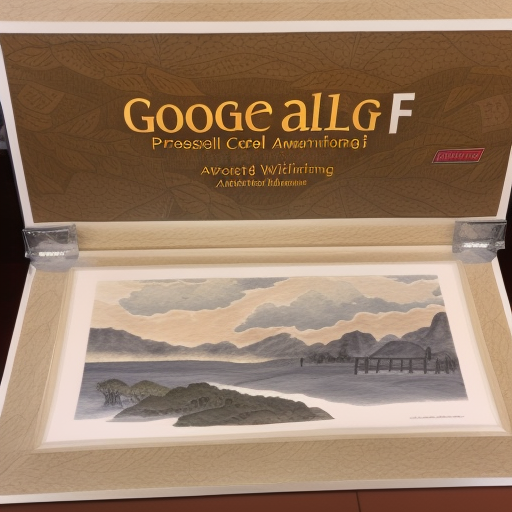
In the ever-evolving landscape of artificial intelligence, it becomes crucial to distinguish between the real and the AI-generated. Google, in its relentless pursuit of enhancing user experience, has recently announced two innovative features aimed at providing transparency about the origins of an image, particularly if it’s AI-generated. This development represents an important step in the ongoing dialogue about the intersection of AI and art, a conversation that we at Neural Imaginarium are deeply invested in.
Estimated reading time: 2 minutes







